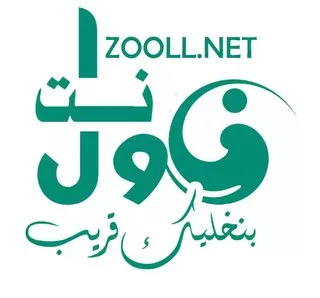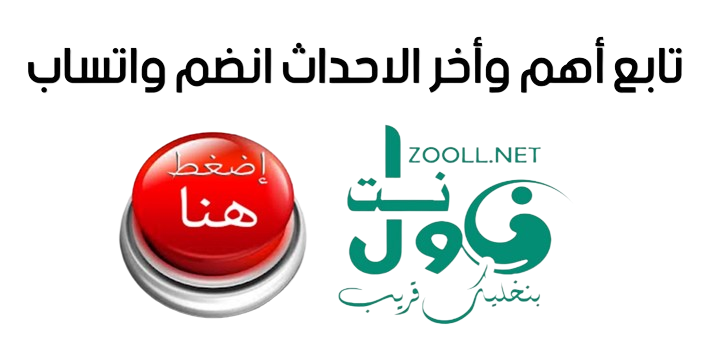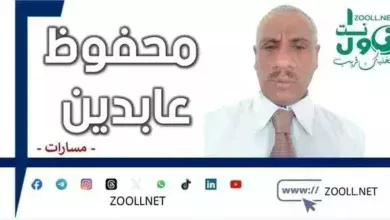Disruption of water harvesting strategy due to war – The face of truth – ✍️ Ibrahim Shaqlawi

The Sudanese Meteorological Authority announced early seasonal rain forecasts and forecasts for this year 2024 AD. These forecasts, which represent the utmost importance due to their connection with the human economic activity of a large part of the population, in addition to benefiting from them in decision-making and planning circles… to take the necessary measures regarding the annual forecast rates… Despite this, the war conditions prevented the necessary measures from being taken, as the autumn of this year has arrived. A number of Sudanese states have suffered a disaster, resulting in the flow of valleys and streams, some of which only flowed in the torrents and floods of 1988 AD… which caused catastrophic tragedies that affected humans, animals and fruitful agriculture, such as dates in the Northern State… during which unprecedented floods occurred and covered large areas of the State in Wadi Halfa… the area of Ibri, the village of (Sarkito) and its surroundings… as well as in the locality of Merowe, the area of Tangasi (Al-Ruwais), which was affected by the torrents coming from Khor Abu Doum… as well as the (Al-Ghaba)… which witnessed the seasonal flow of streams… also in the Nile State. Floods occurred in Abu Hamad and (Wadi Al-Salam)… and Wadi (Al-Sanqir) in the west. from Al-Bawqa.. and Wadi (Abu Hawiya) in Al-Kamr, Wad Hamed countryside, Al-Matama locality, Dar Mali and Al-Mikaylab area, Wadi Al-Dan area, Wadi Al-Otib… and the (Abu Dulaiq) area northeast of Bahri and east of the Nile in Khartoum State. These torrential rains had disastrous effects on the population, as well as (Wadi Kaja), which crosses the town of El Geneina in West Darfur State to Chad. The high rainfall rates also affected the localities west of Jebel Marra, Umm Dukhun and Wadi Saleh in Central Darfur State, Bara and Jabra El-Sheikh area in North Kordofan State and other Sudanese states. filled to the brim with water. Its flow has affected a number of populated areas and villages. It has led to the collapse of buildings, displacement of the local population and loss of property. .even though Sudan suffers from thirst during the summer droughts in the same areas that are in the seasonal rain belt…this dilemma, the neglect of which in its solution represents a neglect in the management of important water resources for humans and animals, which represents a strategic element of our future security. Water resources in light of current regional transformations and challenges…as official reports indicate that the losses resulting from these disasters have been enormous, affecting many homes, farms and livestock, which has greatly affected the daily lives of the population and the local economy…despite the efforts made to help those affected. However, local authorities still face challenges in dealing with these disasters and ensuring the protection of citizens in the near future. It is clear that climate change plays a role. An important role in increasing the frequency of these natural disasters, which makes it necessary to work on preparation and preparedness to deal with them. The government, civil society and international and local organizations cooperate closely to develop sustainable strategies to deal with these disasters and protect the population and the population. The ordeal of war must also be overcome as soon as possible because natural disasters are considered a major challenge that must be addressed seriously and cooperatively, and everyone must work together to reduce their effects and provide adequate protection to the affected communities. It is therefore necessary to take early preventive measures and strengthen human and material capacities to deal with emergencies and disasters, ensure the safety of human life and preserve natural resources for future generations … The current conditions of the continuation of the war must be taken into account. The Sudanese government must also be treated from the reality of the strategic dimension that hastens its end as soon as possible. This is why the Sudanese government must pay attention to it. This is in addition to the importance of immediate action to achieve a radical solution that achieves the goal. zero state of the problem of thirst in the Sudanese countryside, for which a five-year plan had already been approved, which began in 2016 AD and was scheduled to end in 2020 AD. It included The plan is to announce the water harvesting program, which received support from the United Nations under the Millennium Development Program. Unfortunately, the project did not come to fruition and the work was interrupted due to the political fluctuations and the war that the country is currently experiencing. imbalance in the country's water harvesting strategy, due to this suffering that is now present following the devastating rains and torrential rains that most states in the country are suffering from… This makes us emphasize the importance of the mediators and the international community called on the rebel rapid support forces to adhere to the Jeddah Declaration signed between them and the Sudanese government on May 11, 2023 AD, which requires them to leave civilian property and citizens' homes, open safe routes for humanitarian aid. aid to enter and end the war. Commitment to this declaration allows for a return to normal life for the Sudanese, the continuation of development, the reactivation of the water harvesting plan and the provision of the necessary funding for it. return to partnership with donors in In light of the climate changes that our country is experiencing and that the region around us is also experiencing, it is time to return to this ambitious plan that achieves the desired benefits of water harvesting. the seasonal chime is no longer useful to prevent the occurrence of a disaster, and it is no longer possible to rely on supplications without working (Oh my God, make it rain. And Baraka) All local expertise must be employed by Sudanese engineers who have provided good examples in the field of building water harvesting dams in a number of states in Sudan, for example the Sinut Dam in Western Kordofan State, Al-Quraysha in Gedaref, the Bout Dam in Blue Nile State and the Al-Qadab Dam. Sudan, with its experience in this field through the competent authorities of the Sudanese Ministry of Irrigation, only needs funding from the brothers and friends who contributed to the realization of these projects. It must also work to make the most of it. rainwater, in addition to protecting cities and countryside by building dams, excavations and wells, and there are examples, including Wadi Haseeb in Khartoum State, Eastern Nile State and Tindelti Dam in White Nile State. There are also studies conducted on this subject. to the integrated water resources management of Khor Abu Habal in North and South Kordofan, and Khor Baraka awaiting funding, in addition to many valleys with large water resources… in order to support the establishment of water harvesting projects that reduce the risk of disasters and annual floods, in addition to their contribution to human stability and rural development… This is the face of the truth that we convey through this article to all government agencies and relevant authorities… may they find attentive ears.;
May you always be well..
August 20, 2024 AD (email protected)






